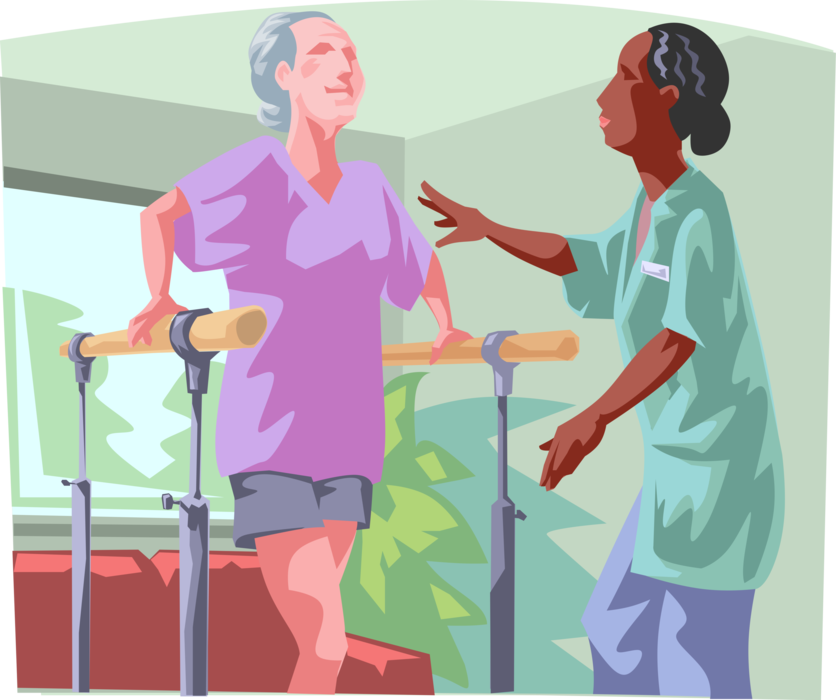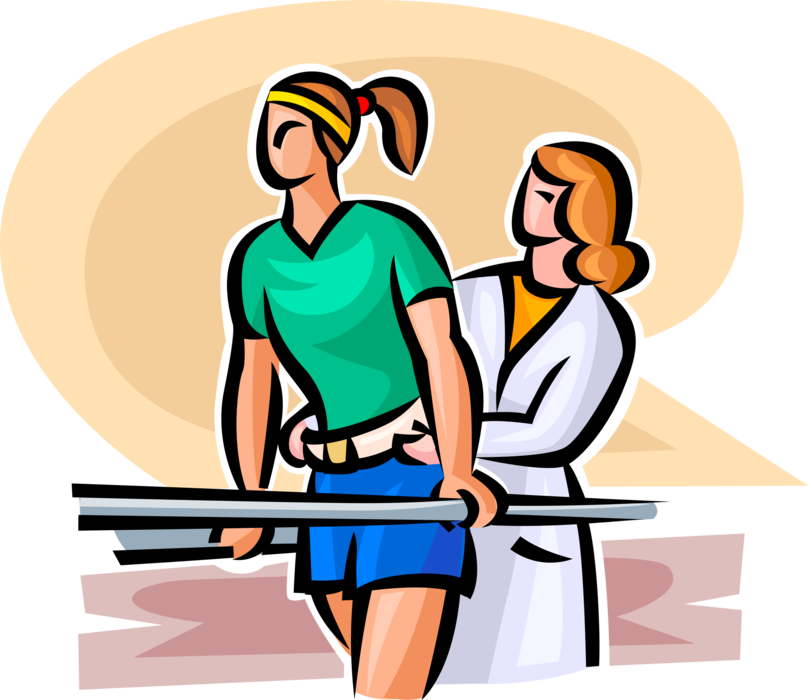What Is Physiotherapy?
What Is Physiotherapy?
Physiotherapy is a health profession that aids in developing, maintaining, and restoring movement and function throughout one’s existence. When movement and function are threatened by age, injury, discomfort, or illness, physiotherapists may help.
The World Health Organisation (WHO) defined it in 1958 as “the art and science of treatment by therapeutic exercise, heat, cold, light, water, massage and electricity”.
The job of the physiotherapist is, therefore, to develop, restore and maintain optimal health. Physiotherapy includes physical, psychological, cognitive, and social influences and is an important part of all aspects of health and well-being. It is a science-based discipline that employs a holistic approach that considers the patient’s lifestyle.
You can benefit from physiotherapy at any time in your life: for back pain, for sudden injuries, for controlling long-term medical conditions such as asthma, in preparation for childbirth and also during sports exercises.
Types of physiotherapy
You can distinguish several specialties in the field of physiotherapy:
– Geriatric physiotherapy: focuses on limiting the effects of ageing. It is aimed at people at risk of injury from a fall, those whose health condition limits their mobility and ability to perform activities, or sick seniors who need rehabilitation after surgery.

– Orthopaedic physiotherapy: This is for people with disorders or dysfunctions of the musculoskeletal system (in other words, everything that allows you to move). It can help you move better with less pain. Conditions treated include back pain, plantar fasciitis, muscle tension, sprains, post-operative rehabilitation from orthopaedic surgery, chronic pain and carpal tunnel syndrome.
Neurological physiotherapy involves assessing and treating people with movement problems related to disease or injury to the nervous system. The most common conditions treated are stroke, traumatic brain injury, multiple sclerosis, Parkinson’s disease, spinal cord injury and tumours of the central and peripheral nervous system.
– Cardiovascular and pulmonary physiotherapy: This is for people of all ages who are at risk of or have been diagnosed with cardiovascular or pulmonary impairment. Chronic obstructive pulmonary disease, acute and chronic respiratory diseases, asthma, artery disease, arterial disease, cystic fibrosis, hypertension, and cardiac disease are the most common conditions.
– Paediatric physiotherapy: provides support for infants and children with disabilities. It mainly treats spina bifida, neuromuscular disorders, orthopaedic diseases or injuries, pulmonary disorders, brain injuries, juvenile rheumatoid arthritis and autism spectrum disorders.
– Sports physiotherapy: focuses on recovery and rehabilitation, prevents injuries, assesses acute sports injuries, and improves the performance of athletes.

4 physiotherapy techniques
The main techniques of physiotherapy are:
1. Therapeutic massage: soft tissue mobilisation can help relax muscles and reduce swelling in certain areas. It is an effective treatment for sports injuries. Massage also promotes lymphatic circulation and reduces inflammation in the tissues around the joints.
2. Ultrasound: High-frequency sound waves can treat deep tissue damage by stimulating blood flow and cellular activity. The aim is to decrease pain and speed up healing.
3. Electrical stimulation: the physiotherapist delivers an electrical current to the affected area using electrodes attached to the skin to relieve pain. The electrodes cause the muscles to shorten. This technique can be used with ultrasound therapy and laser.
4. Cryotherapy and thermotherapy: the application of heat or cold can be helpful for muscle stiffness. Heat therapy includes the application of hot packs and cryotherapy, including the application of ice packs or ice massage.
The benefits of physiotherapy
Physiotherapy also has a preventive action as it is beneficial to:
– Reduce pain with less medication.
– Avoid the need for surgery in some cases.
– improve movement.
– improve recovery from injury or stroke.
– prevent possible falls.
– Improve balance.
– treat age-related medical problems.
Hope this post has been interesting to you. Please, remember to share and comment below.
Read more here:
– What Is the Role of a Physiotherapist
– What Are the Fields of Application of Physiotherapy
– Kinesiologist and Physiotherapist, What Is the Difference?



